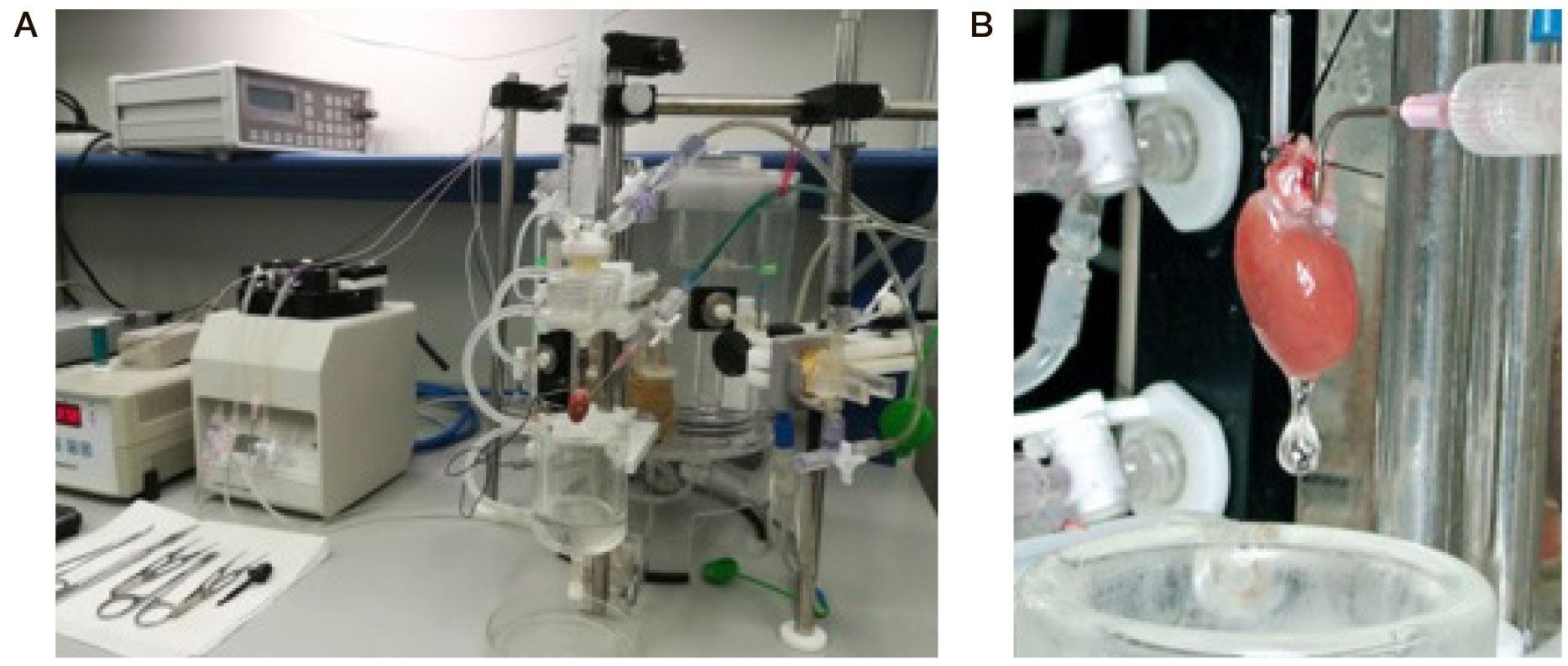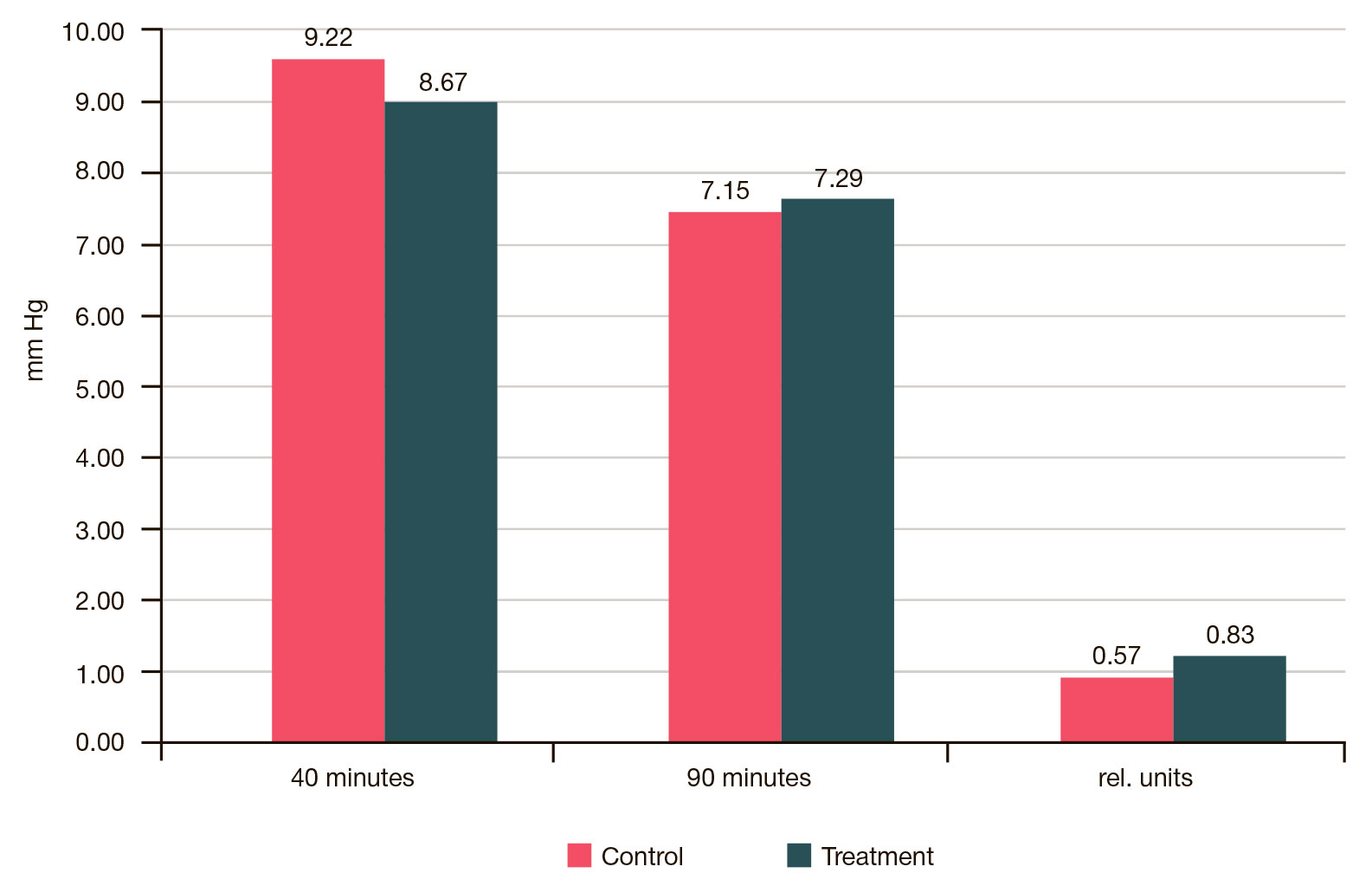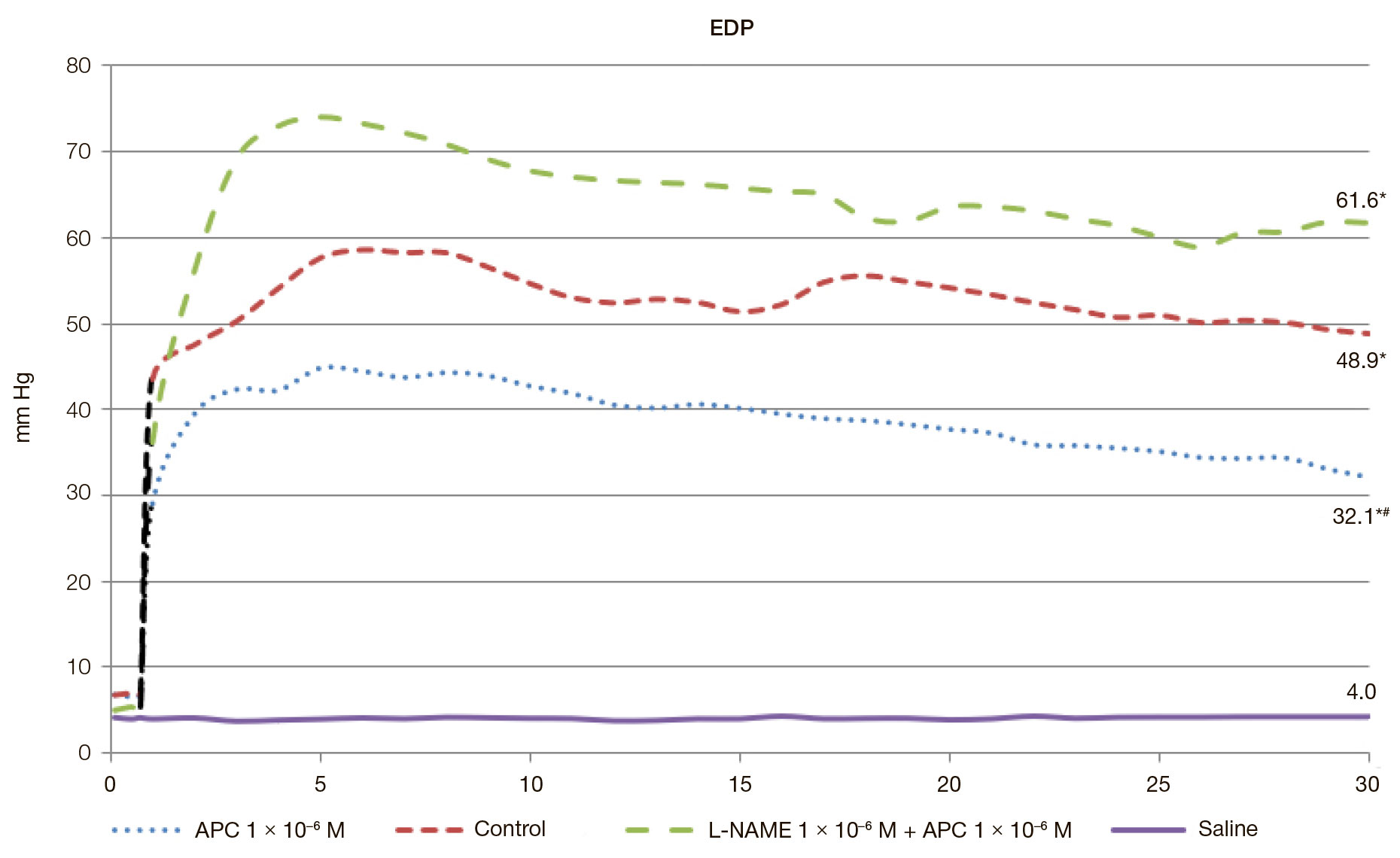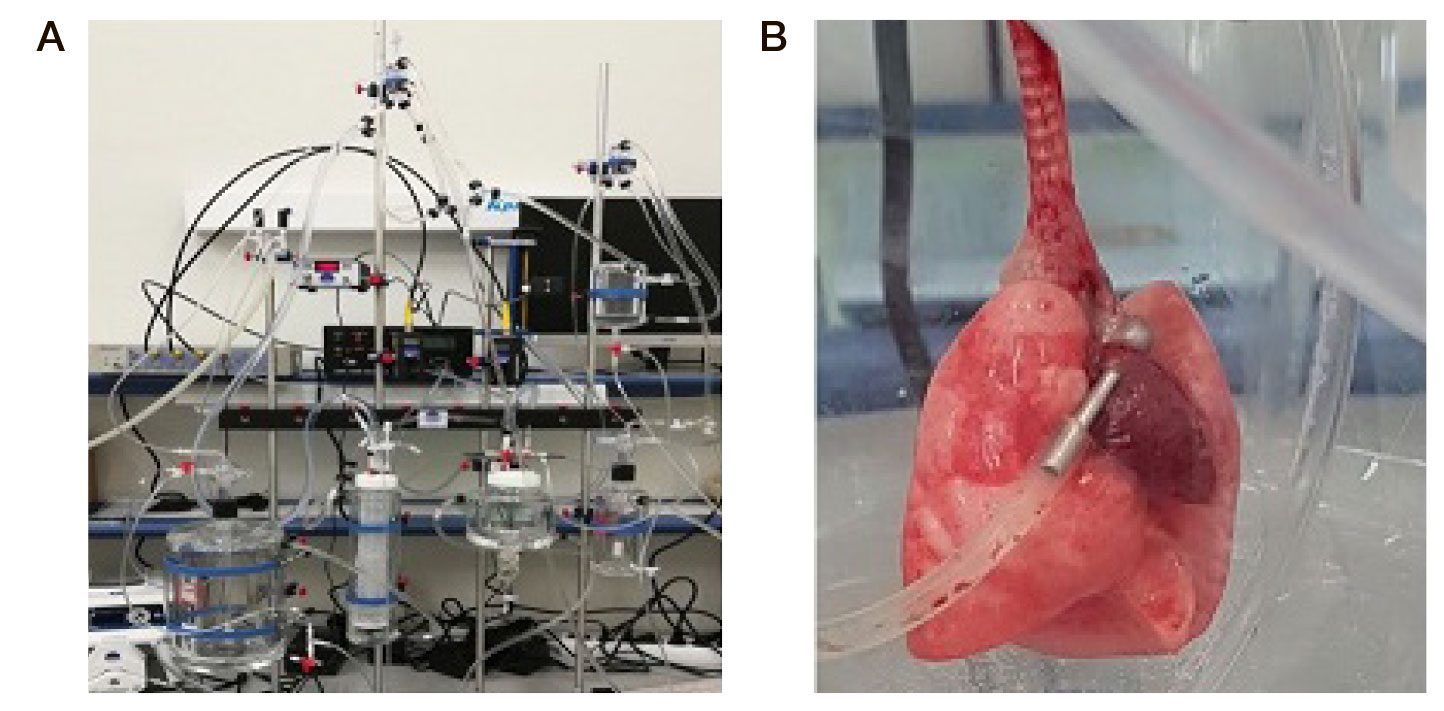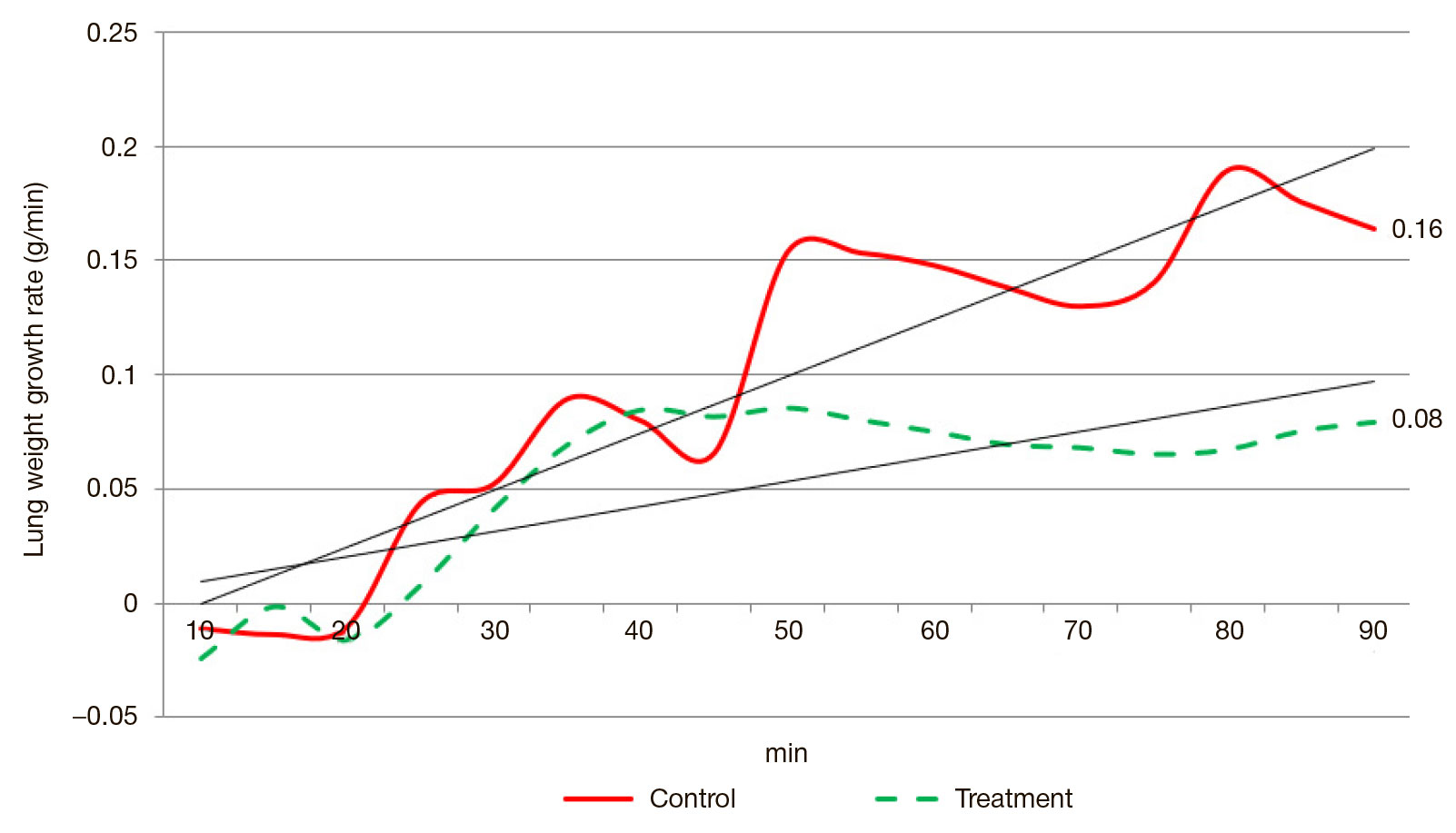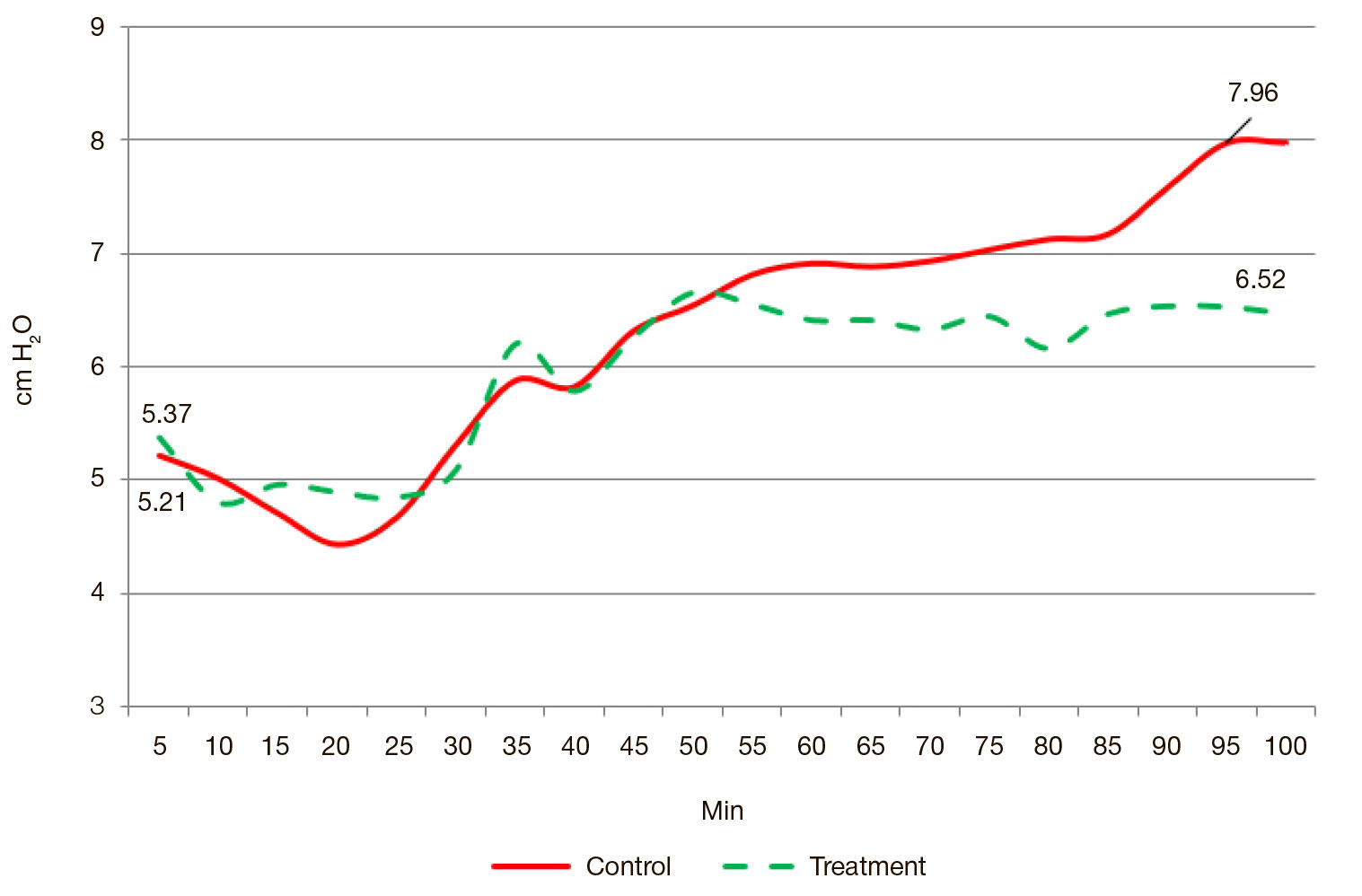
This article is an open access article distributed under the terms and conditions of the Creative Commons Attribution license (CC BY).
ORIGINAL RESEARCH
Using experimental ex vivo models to develop COVID-19 pathogenetic therapy and complications prevention agents
Research Institute of Hygiene, Occupational Pathology and Human Ecology Leningrad Region, Russia
Correspondence should be addressed: Denis S. Laptev
st. Kapitolovo, gor. pos. Kuzmolovsky, 93, Vsevolozhsky rajon, 188663; ur.liam@nedpal
Author contribution: Laptev DS — experimental part, information collection, data processing; Petunov SG — data processing and interpretation, general guidance; Nechaykina OV — experimental part, information collection; Bobkov DV — data processing; Radilov AS — data processing and interpretation.
Compliance with ethical standards: all work with animals was carried out in conformity to the provisions of the European Convention for the Protection of Vertebrate Animals used for Experimental and other Scientific Purposes.
